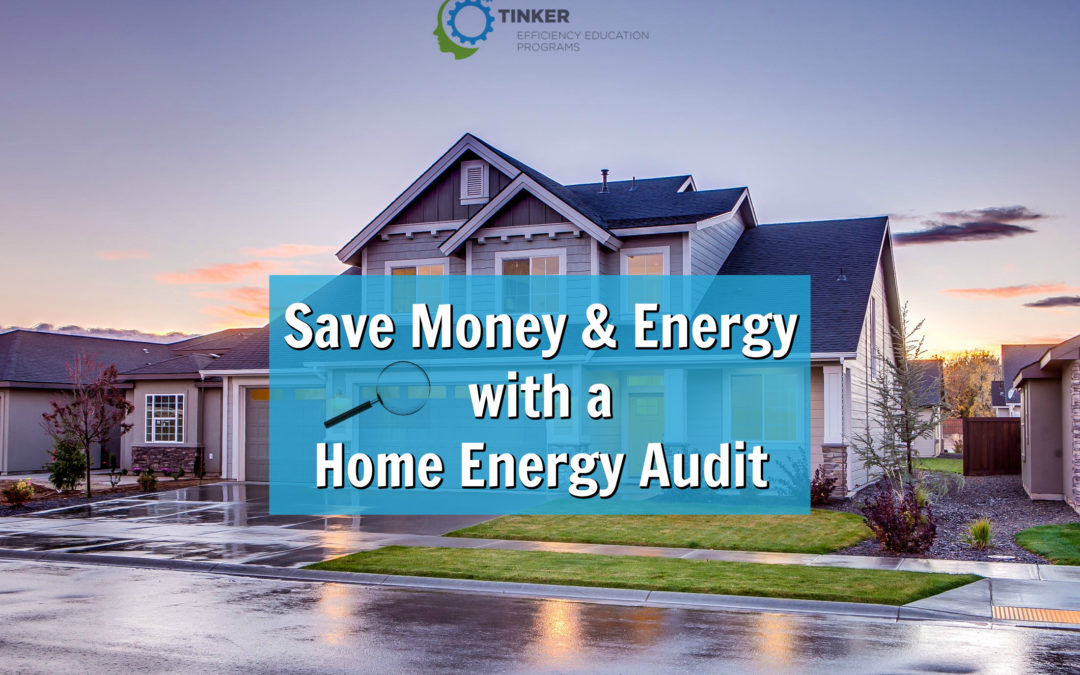Did you know that you could be using unnecessary energy throughout your home?
Of course, the environmental impact of that is something to seriously consider. As a result, though, you could also be spending a lot of extra money each month on utilities. The best way to figure out how much energy your home uses is by getting an energy audit.
Home energy audits or assessments not only show you how much energy is being consumed. They can also help you to figure out what you can do to lower your home’s energy consumption.
These fixes can include anything from updating your appliances to installing insulation.
So, how do you go about getting a home energy audit? It’s easier than you might think!
Professional Home Energy Audits
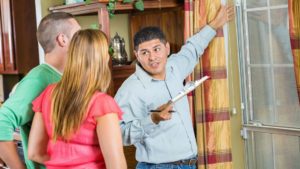
One of the most convenient ways to get a home energy audit is to hire a professional. When you do that, you can feel confident in knowing they’ve covered every inch of your home and they know exactly how to determine where energy is being wasted.
Auditors start out by getting information from you about your household and your living habits.
Some areas of information usually include things like:
- Average thermostat settings
- How often people are home
- How many people live in the house
- Measurements of the outside of the home
The auditors will also usually want copies of your utility bills. This will give them a good idea of how much energy is being used (and how much money is being spent) on a monthly basis, and how that fluctuates throughout the year.
What to Expect During a Professional Energy Assessment
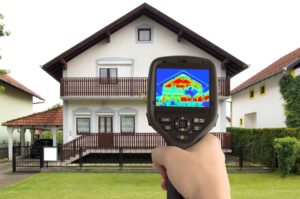
After you’ve selected a reputable auditor, schedule a time for them to come to your home. It’s always a good idea to go through your home with them. This allows you both to ask questions and make sure nothing is overlooked.
So, what can you expect during the assessment? It’s likely the auditor will use several different tools to detect energy loss. Common equipment includes everything from infrared cameras to surface thermometers.
How to Do a Home Energy Audit Yourself
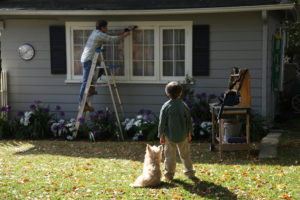
If you don’t want to hire a professional assessor, you can always do a DIY audit. While you may not have all the expertise of a professional, a DIY assessment can still give you a good idea of how much energy your home consumes. As a result, you’ll be better equipped to make the necessary changes and increase your energy efficiency.
There are several key factors in performing a home energy audit yourself. Let’s look at some of the steps you need to take in order to perform an accurate assessment.
- Check for energy leaks throughout your home, including outside. Windows, doors, and even the roof are common areas that can experience draftiness, which means heat is escaping. Other areas that can easily have this problem include electrical outlets and plumbing fixtures.
- Check your insulation. If there is any damage to the insulation anywhere in your house, it’s easy for air to escape, literally allowing energy (and money) to seep out the walls of your home.
- Check your appliances. This includes everything from your refrigerator to your computer. Every appliance in your home contributes to some type of energy consumption. If you find that any of your appliances are running inefficiently, they’re likely also wasting energy.
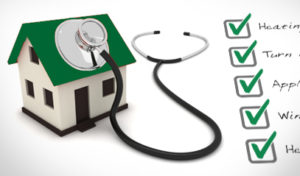
Whether you get a professional to assess the energy consumption of your home or you do it yourself, you’ll undoubtedly find some areas that need to be fixed.
Taking the time and making the investment to tackle these repairs can make a big difference in the long run when it comes to your energy bills.

